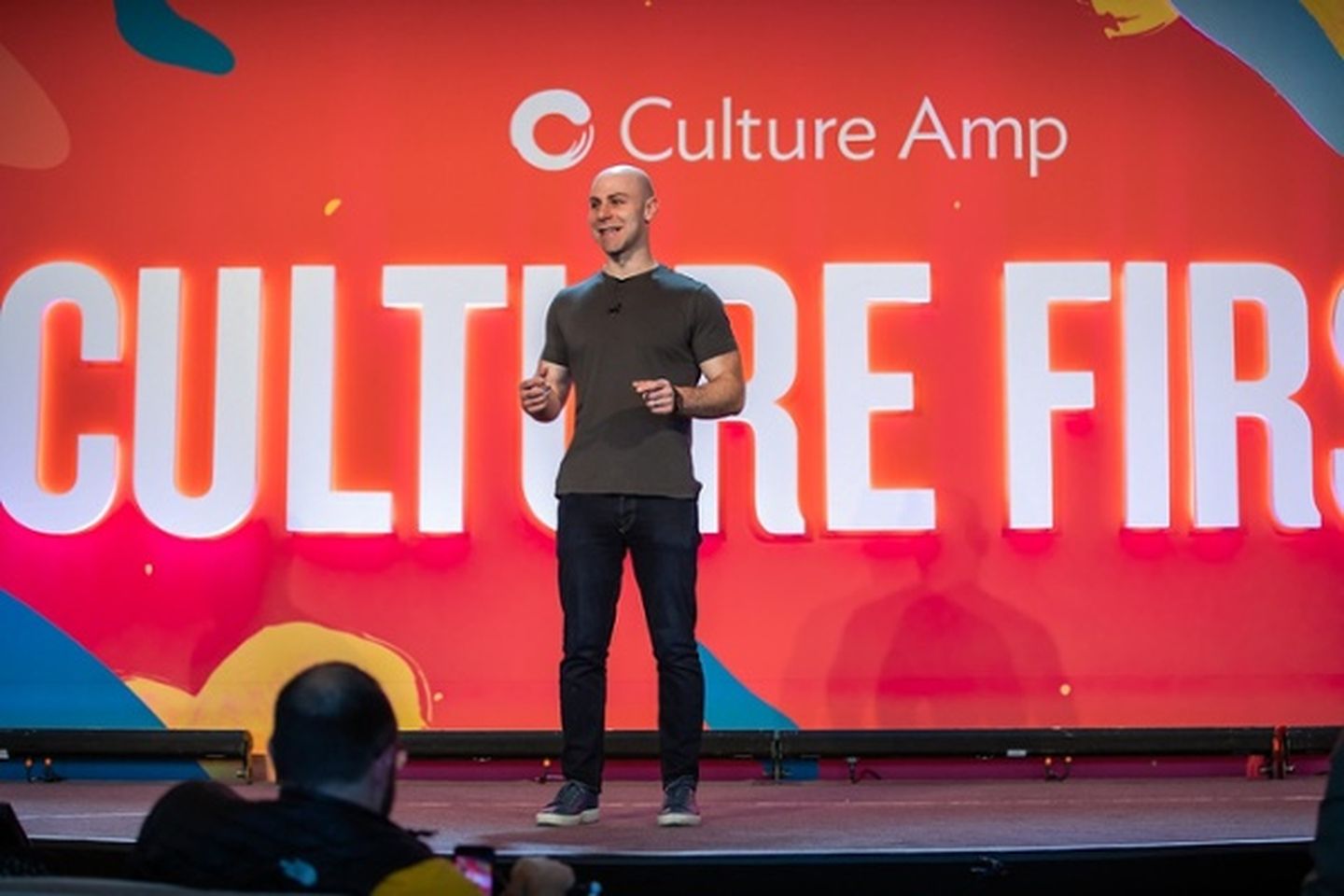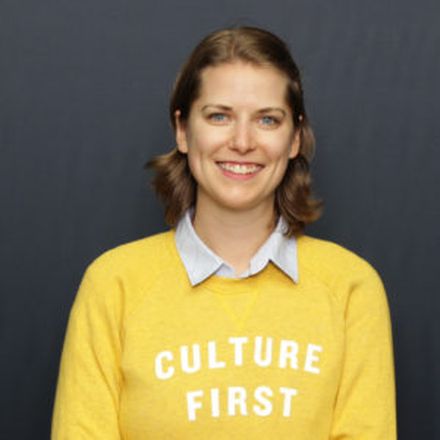4 things I learned from Adam Grant at Culture First

At our recent Culture First event, day one was headlined by a keynote from Dr. Adam Grant and he was fantastic. If you don't know who he is, Adam is the person whose work you should read first if you want to understand more about what’s happening in IO psychology today. He combines deep research with an amazing ability to tell stories. It was incredible to meet Adam in person and see him in full flight. There were four things that I took away from his talk:
1. Make research accessible and engaging Adam is a scientist but he brings together modern research on the world of work in an accessible and engaging way (his latest book, Originals, is a great example of this). Rather than just telling us what we should do, he shared experiments to try in our own organizations. Testing out an idea and seeing what happens is sometimes the best way to see the research in action. After hearing Adam speak I just wanted to go away and try his experiments. 2. Givers and takers
When you’re thinking about creating a strong culture, it’s not enough to try and keep the good people. To succeed you have to make sure you don’t bring the wrong people on as well.
This is based on Adam’s research about give and take. He talked about people that give (or are generous) and people that take (or are selfish). His research found that the effect of somebody who is selfish can be two or three times bigger than the effect of someone who is generous. So, the negative impact of one person in your organization can potentially outweigh the positive impact of three other people. This is a good example of how he uses data in a practical way to make you think about applications in your own organization. Personally I found this idea very powerful when thinking about how to build a Culture First organization.
3. Don’t hire for culture fit, hire for culture contribution
In his talk, Adam also talked about the idea of culture fit versus culture contribution. This is a really timely one with a lot of people thinking about diversity and inclusion now. While you want to keep people who aren't right for your organization out, that can easily mean you slip into the pattern of hiring a lot of people with the same background and experience.
Rather than aiming to hire people for cultural fit, he challenged us to think about what contribution someone brings to our culture. As a company grows and evolves, you have to deliberately sit down and think about the contribution that new people will bring. You want to bring in people who add something to your culture that changes it for the better. This idea of hiring for cultural contribution rather than cultural fit is so important when it comes to real diversity and inclusion.
4. Use storytelling to make the unfamiliar, familiar
One of the biggest takeaways for me from Adam’s keynote was around storytelling. Adam is a great storyteller and he talked about how you can take people on a journey by making the unfamiliar familiar when you’re trying to communicate change.
He used the example of Disney and the Lion King movie. To sell the idea internally, the producers took a familiar storyline to explain their idea. In this case, they described the Lion King as the story of Macbeth told with lions in Africa. Rather than trying to communicate something new, they took something that people already knew and used it to help them go on a journey. They made the unfamiliar familiar. This storytelling technique can be a powerful way to communicate change in an organization.
These four things were incredibly powerful ideas that I now take away and use every day to improve how I operate and how we’re creating a Culture First company.






